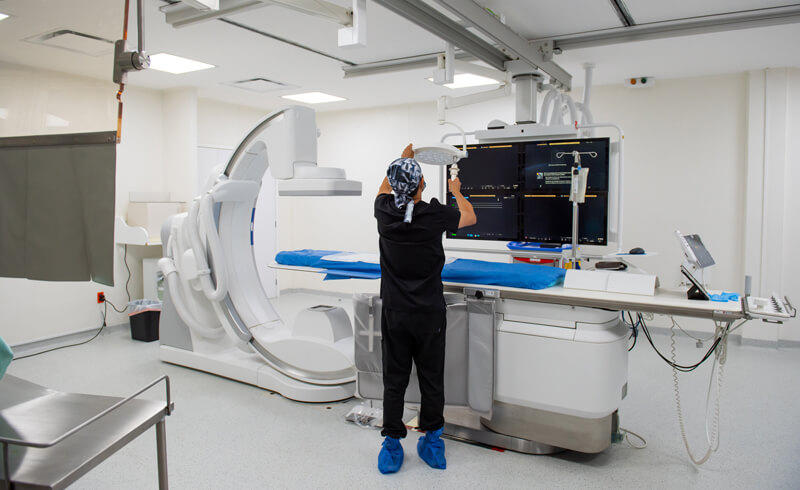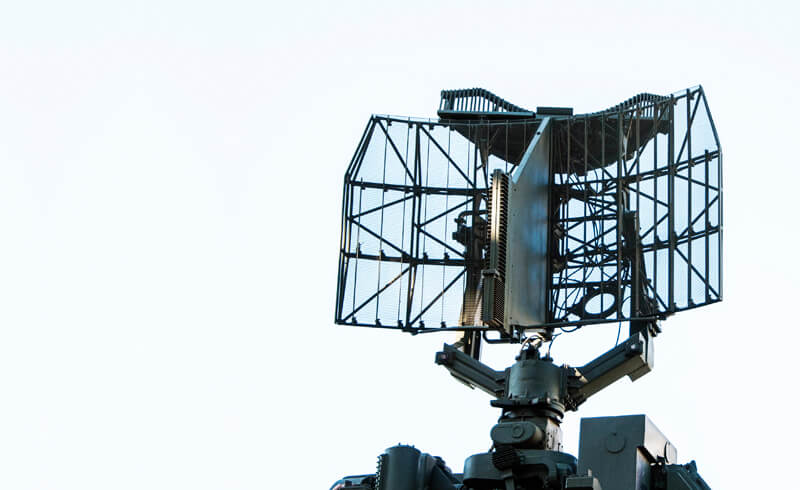For High-Frequency Signals
PCBs used for RF (Radio Frequency) and microwave applications are specially designed to handle high-frequency signals, typically in the range of megahertz (MHz) to gigahertz (GHz). These PCBs must meet stringent requirements to ensure minimal signal loss, interference, and distortion at such high frequencies.
Specialist materials need to be used in manufacturing. FR4 is not suitable for high-frequency applications above 1 GHz due to its higher loss and variation in dielectric constant. At GSPK, manufacturing high-performance RF and microwave PCBs is one of our specialities. With decades of experience, we are trusted by clients in aerospace, military, and telecommunications sectors for delivering precise and reliable solutions. Our expertise ensures that each board meets the stringent requirements for high-frequency applications, providing exceptional signal integrity and durability in even the most demanding environments.





PCBs for RF and microwave are made with specialised low-loss dielectric materials like Rogers, PTFE (Teflon), and Ceramics.
Materials with a low and stable Dielectric Constant are crucial for maintaining signal integrity at high frequencies. A Low Loss Tangent is also needed. This refers to the material's ability to minimise power loss to ensure minimal signal attenuation. PTFE is known for its excellent low loss tangent and is often used in microwave frequencies above 5 GHz. It provides high chemical resistance and temperature stability. Ceramic substrates other very low signal loss, excellent CTE and thermal stability. We stock products from manufacturers such as Rogers, Arlon, Neclo, Taconic, Ventec and Isola.

Ensuring signal quality is essential. This requires precise impedance control, reducing parasitic capacitance, and optimizing trace widths and spacing.
Stackup: In materials other than ceramics, multi-layer PCBs are commonly used to minimise interference and isolate high-frequency signals from surrounding circuits. Ground planes are often included to reduce electromagnetic interference (EMI).
Thermal Management: RF and microwave PCBs can generate significant heat. GSPK can offer advice on suitable methods of thermal management of designs.

Manufacturing Precision: At GSPK, we are experts in producing high-frequency RF and microwave PCBs with tight manufacturing tolerances. Our extensive experience ensures we have the necessary precise control over trace width and spacing, maintaining impedance and minimizing signal loss.
Cost: RF and microwave PCBs are typically more expensive due to the specialised materials and precision manufacturing involved.
| Feature | Technical Specification |
|---|---|
| Number of layers | 2 - 50 |
| Technology highlights | Controlled impedance, low loss materials, miniaturisation |
| Materials | Rogers Arlon, Neclo, Taconic, Ventec and Isola, PPO, Teflon, Ceramic filled |
| Dielectric thickness | 0.1mm - 3.0mm |
| Profile method | Routing, v-score |
| Minimum track and gaps (+/- 10% as per IPC) | 0.075mm / 0.075mm |
| Maxmimum dimensions | 700mm x 600mm |
| Material thickness | 0.4mm - 5.4mm |
| Surface finishes available | HASL (Lead-free), OSP, ENIG, ENIPIG, Immersion tin, Immersion silver |
| Minimum laser drill | 0.10mm standard, advanced NPTH ±0.05MM PTH:±0.075MM |